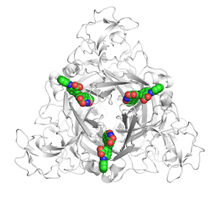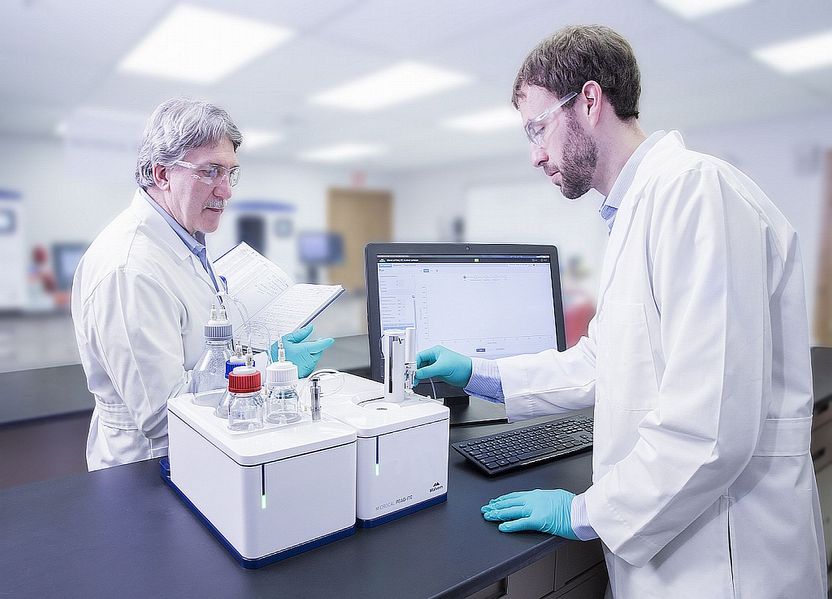One protein, two channels: Scientists explain mechanism in aquaporins
Advertisement
Using computer simulations and experimental results, researchers at the University of Illinois at Urbana-Champaign and the University of Arizona have identified a key component of the gating mechanism in aquaporins that controls both the passage of water and the conduction of ions. Aquaporins are a class of proteins that form membrane channels in cell walls and allow for water movement between a cell and its surroundings. A number of aquaporins, including aquaporin-1, have been found to function as ion channels, as well.
"Understanding the molecular mechanism behind gating in membrane channels could lead to more effective protein engineering," said Emad Tajkhorshid, a professor of biochemistry at Illinois and a researcher at the Beckman Institute for Advanced Science and Technology.
In work funded by the National Institutes of Health, Tajkhorshid and co-workers show that the same protein can be used as a water channel or an ion channel depending on the signaling pathway activated in the cell. The scientists report their findings in the journal Structure. Taking advantage of the known crystal structure of aquaporin-1 and the power of molecular dynamics simulations, the researchers explored the central pore as a candidate pathway for conducting ions. Gating of the central pore is controlled by cyclic guanosine monophosphate, a signaling nucleotide inside the cell, which induces a conformational change in one of the aquaporin loops (loop D).
"This loop is very flexible, has four positively charged arginine residues in a row, and extends into the central pore," Tajkhorshid said. "We believe the cGMP interacts with loop D, facilitating its outward motion, which triggers the opening of the gate."
The work highlights a close interaction between simulation and experiment. Based on their simulation results, the researchers designed a mutant in which two arginines in loop D were replaced by two alanines. In laboratory experiments performed at Arizona, the substitution caused an almost complete removal of ion conduction, but had no appreciable effect on water passage.
"Knowing the mechanism gives us a new handle to control the opening or closing of the central pore," Tajkhorshid said. "By modifying the pore-lining residue, or altering the length of loop D that gates the pore, we can shut down the ion conductivity completely, or engineer new aquaporins that can be opened more easily or have a higher ion conduction rate once open."



















































